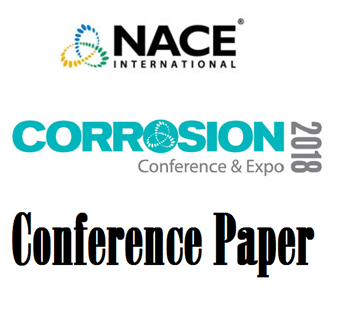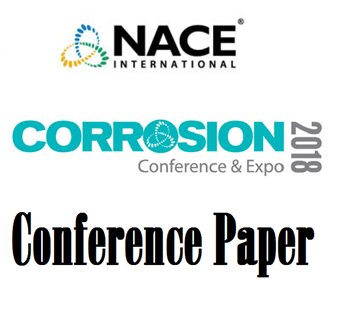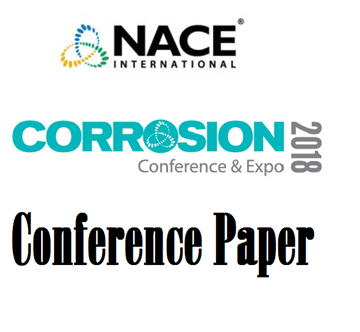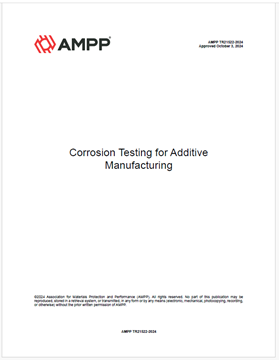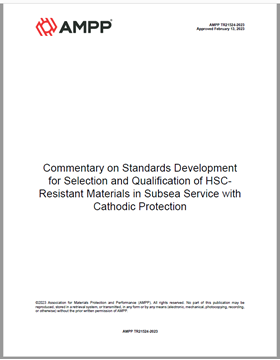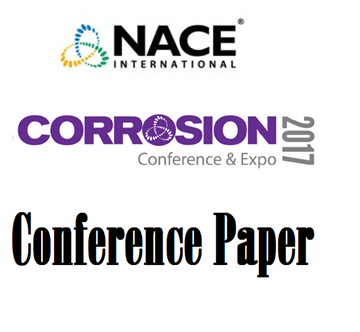Search
Products tagged with 'austenitic stainless steel'
View as
Sort by
Display
per page
51318-11154-Preliminary corrosion testing of explosive cladded materials in geothermal environment
Product Number:
51318-11154-SG
Publication Date:
2018
$20.00
51318-11161-Corrosion Resistance of High Strength UNS S31010 High Nitrogen Stainless Steel
Product Number:
51318-11161-SG
Publication Date:
2018
$20.00
51318-11163-Evaluation of Corrosion of Austenitic Steels and Comparison with Martensitic Stainless Steel 17-4
Product Number:
51318-11163-SG
Publication Date:
2018
$20.00
AMPP TR21522-2024, Corrosion Testing for Additive Manufacturing
Product Number:
AMPP TR21522-2024
Publication Date:
2024
$109.00
AMPP TR21524-2023, Commentary on Standards Development for Selection and Qualification of HSC-Resistant Materials in Subsea Service with Cathodic Protection
Product Number:
AMPP TR21524-2023
Publication Date:
2023
$109.00
Analytical Method to Detect and Remediate Zinc Contamination of Austenitic Stainless Steels to avoid Liquid Metal Embrittlement
Product Number:
51323-18999-SG
Publication Date:
2023
$20.00
Case Study on the Failure of Duplex Stainless Steel Heat Exchanger from Thermal Shock
Product Number:
51324-20923-SG
Publication Date:
2024
$40.00
Characterization And Further Development Of Austenitic Stainless Steel UNS S20910 Towards New Industrial Applications
Product Number:
51322-17648-SG
Publication Date:
2022
$20.00
Comments On Standards Development For Selection And Specification Of Subsea Materials
Product Number:
51322-17491-SG
Publication Date:
2022
$20.00
Effect Of Varying H2S Content On High Temperature Corrosion Of Austenitic Alloys In A Pyrolysis Process Of Post-Consumer Plastics
Product Number:
51322-17552-SG
Publication Date:
2022
$20.00
Effects of Alloying Elements for Resistance to Naphthenic Acid Corrosion of 18Cr Austenitic Stainless Steels
Product Number:
51317--9057-SG
ISBN:
9057 2017 CP
Publication Date:
2017
$20.00
Electrochemical Corrosion Studies of Different Alloys and Cement Lining Material of Water Transmission system
Product Number:
51323-19203-SG
Publication Date:
2023
$20.00

